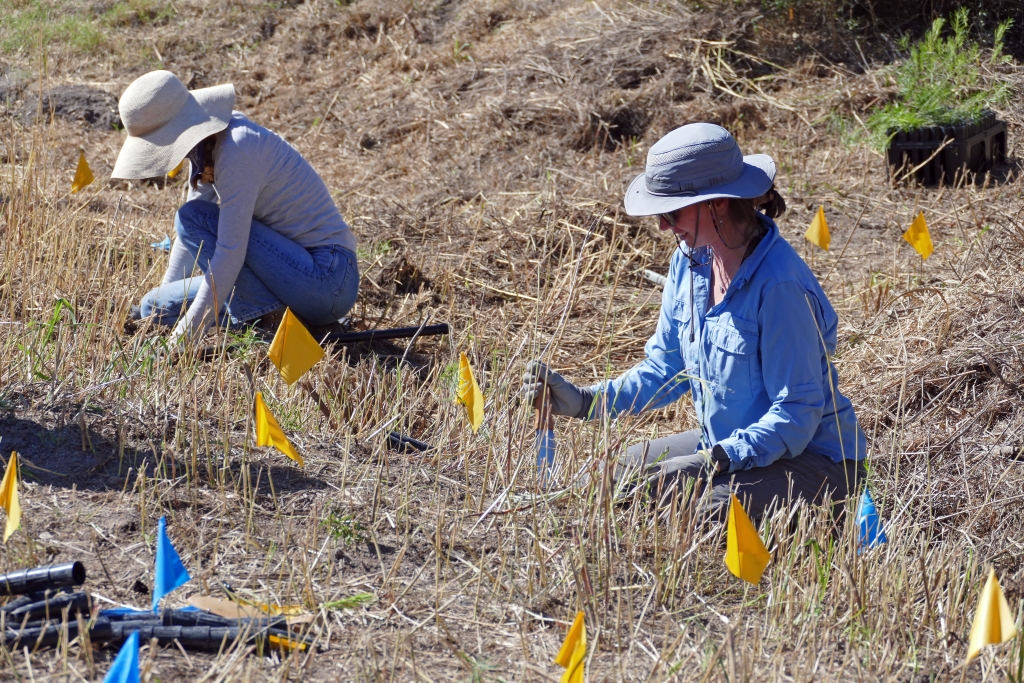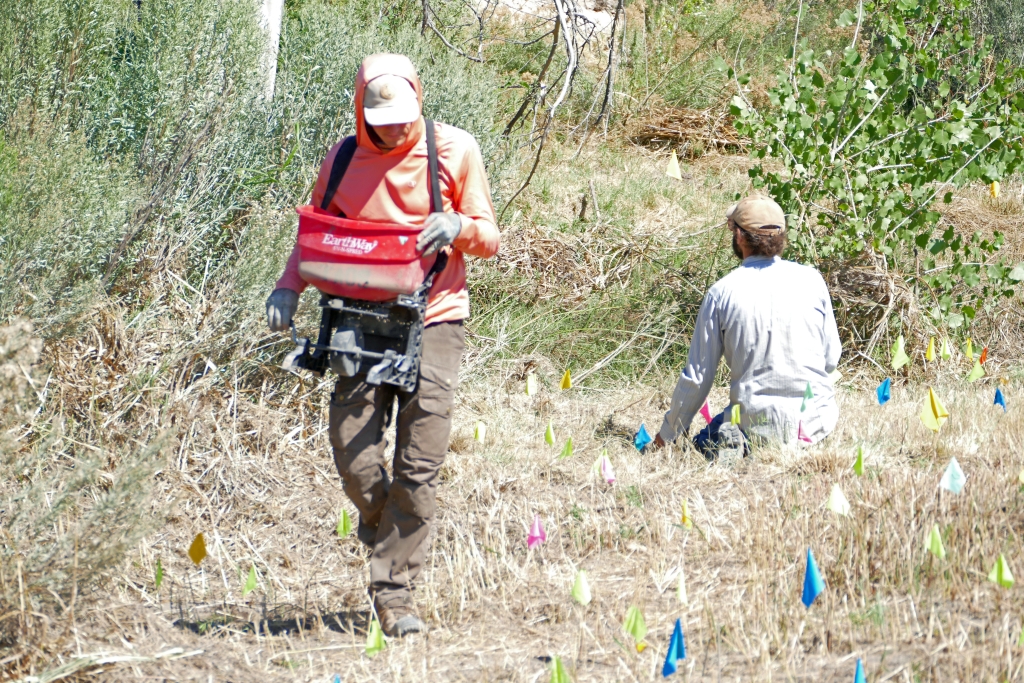by Sophia Goss, November 2024
IAE’s southeasternmost restoration project can be found in the Permian Basin, America’s largest and most prolific oil basin. This area, situated near Carlsbad, New Mexico (Eddy County/Chihuahuan Desert Ecoregion), accounts for nearly 40% of the country’s domestic oil production. The Bureau of Land Management’s Carlsbad Field Office (CFO) approves 40% of the Bureau’s environmental assessment permits, most of which are related to oil and gas. Field offices like CFO struggle to find capacity for proactive conservation because of labor and resources dedicated to oil and gas permitting. While these areas arguably have the highest need for restoration, restoration projects can be difficult to accomplish for this reason.
At the same time, the Chihuahuan Desert ecoregion has been referred to as one of the most biologically diverse deserts in the Western hemisphere, and the story gets even more interesting when considering migratory pathways for the monarch butterfly. Eddy County has been documented to have the highest number of sightings of monarch butterflies in New Mexico during their spring migration north (Cary and DeLay, 2016). Monarch butterflies also utilize this region for nectar, breeding, and roosting during their fall migration south.

In 2022, an IAE employee working as a contract botanist for the CFO, acquired Milkweed for Monarchs funding to enhance one acre of breeding and nectaring habitat for monarch butterflies on the Black River in southeastern New Mexico. The project was funded, and IAE and BLM staff started planning plant grow outs and discussing technical restoration techniques for this arid landscape. The project was quickly confronted with unanticipated concerns from CFO staff and local farmers. Questions arose about the consequences of planting milkweed, which may be toxic to cattle and humans if consumed in large doses, and it potentially spreading outside of the planted area along the river into neighboring alfalfa farms. The project was put on hold until 2024 when these concerns were addressed and there was capacity to continue the project.

In January 2024, seeds collected from the Seeds of Success (SOS) and Southwest Seed Partnership (SWSP) programs were put into nursery production at Conley’s Nursery, located in Ruidoso, New Mexico. Extending a relationship with Conley’s Nursery allowed the SWSP to expand their network of growers and farmers into southeast New Mexico, increasing availability for local plug production for the southeastern portion of the state, an area that until this year did not have any nursery partners within the Southwest Seed Partnership.

After several coordination meetings and discussions about planting locations, the appropriate permits were authorized, and a group of IAE and BLM staff from across the state planted 1,250 plugs on the Black River in September 2024. On the last day of planting, a monarch flying down the river smelled the milkweed and landed on one of the seedlings. “If you plant them, they will come!” exclaimed one of the seed crew members helping with the project. This gratifying moment reinforced that the project was worth the wait to restore one acre of monarch habitat in a landscape dominated by development.

This restoration project sets the stage for future pollinator enhancement projects in southeastern New Mexico, bringing habitat conservation to the forefront in an area where this isn’t always the priority. It highlights the utility of regional and national native seed programs, public outreach, local partnerships and the ability to have proactive conservation measurements in oil and gas field offices. The plantings will be monitored, and the project team will be on the lookout for monarch butterflies taking advantage of new food sources fueling them on their long-distance travels.
We are grateful to the New Mexico Bureau of Land Management for providing funding for this important project. A BLM Weekly article on the project will be coming out shortly.
